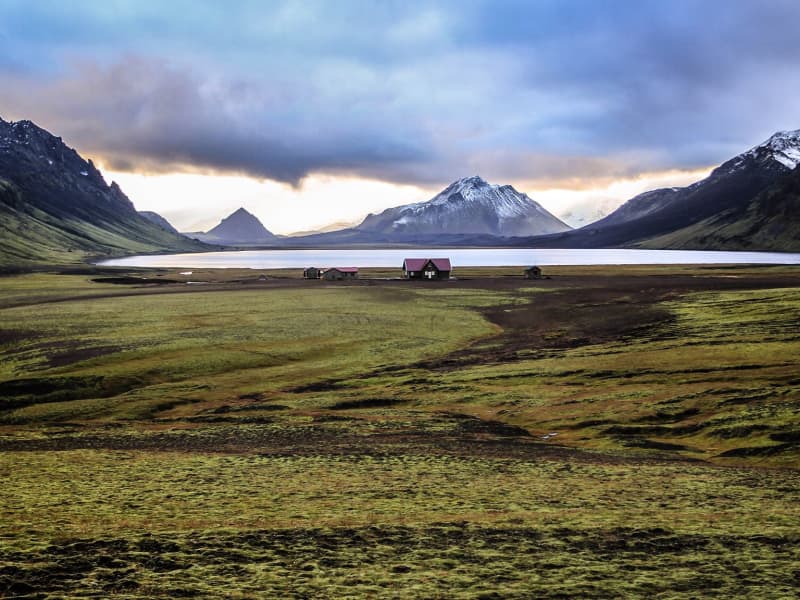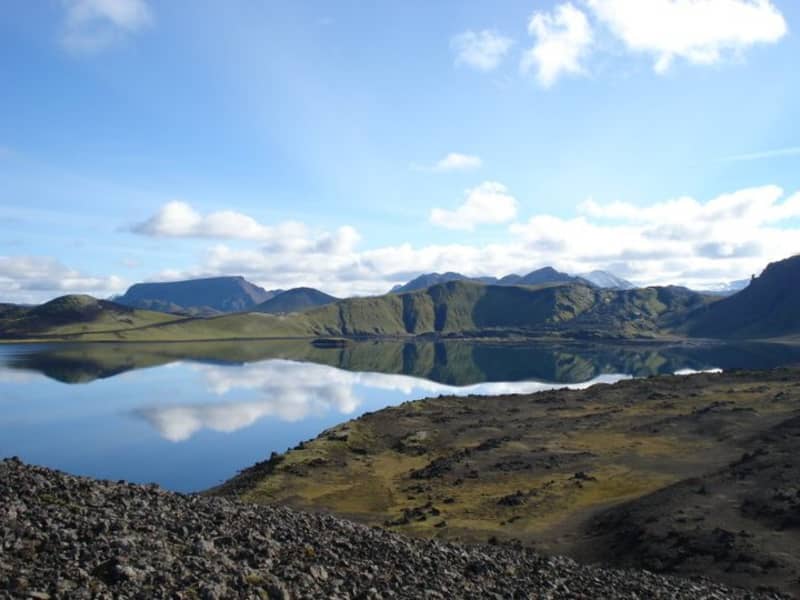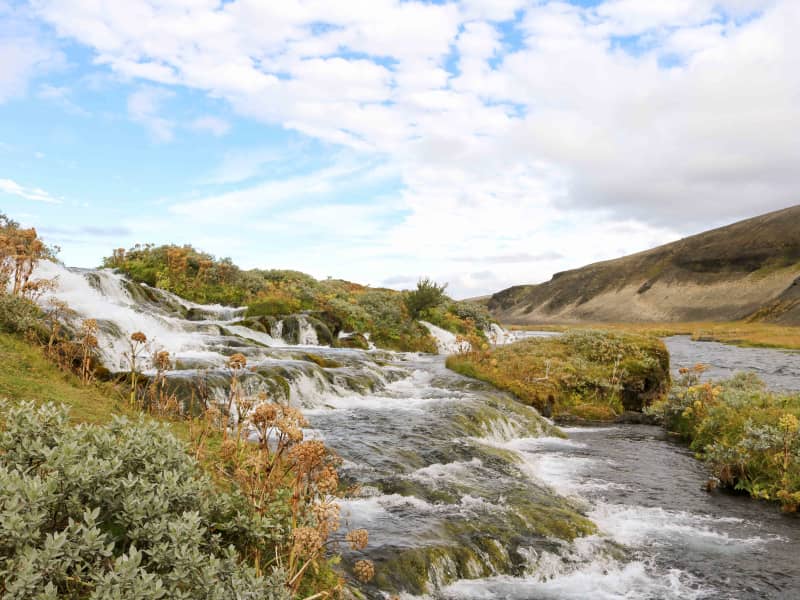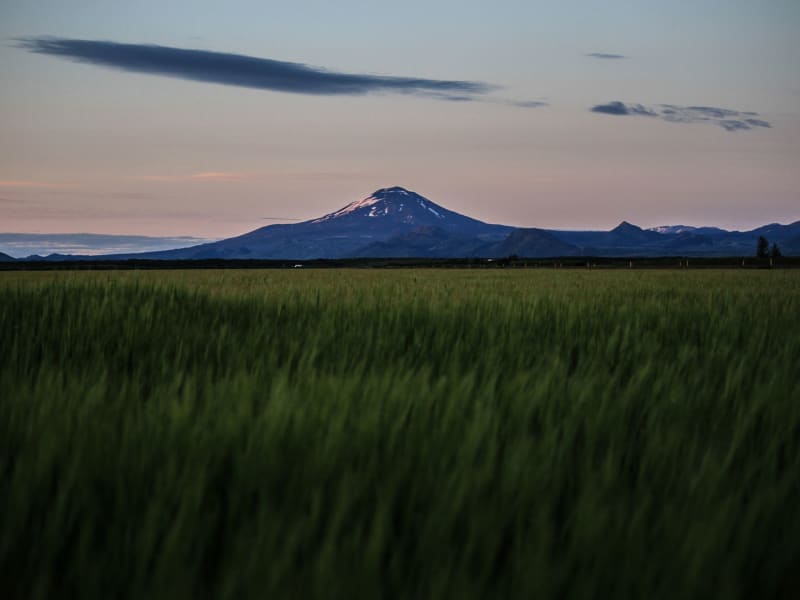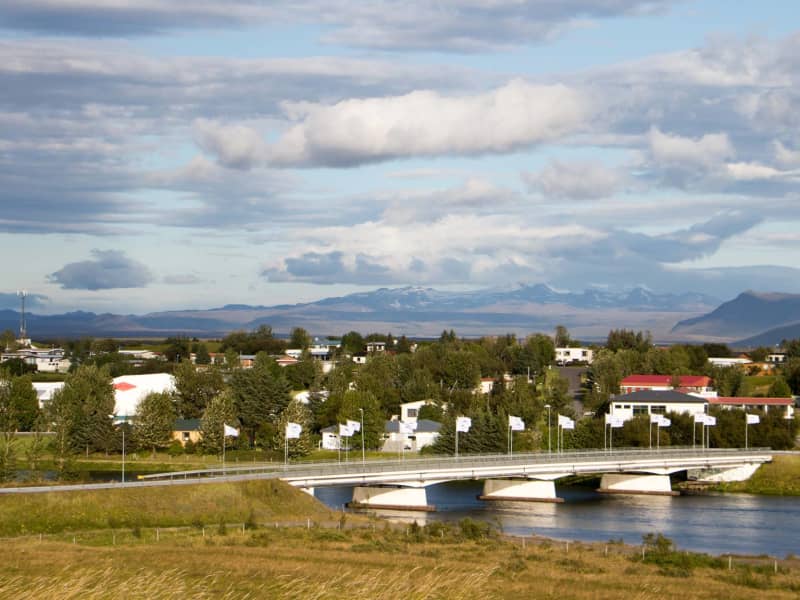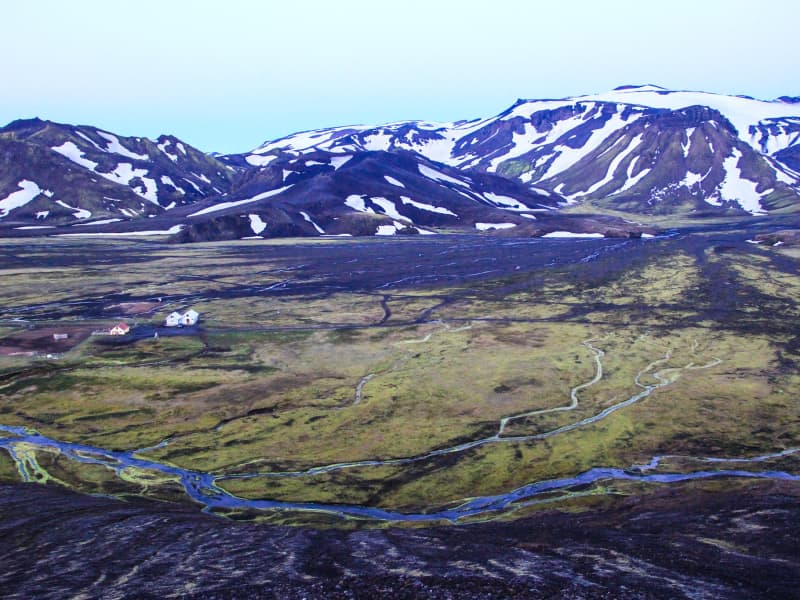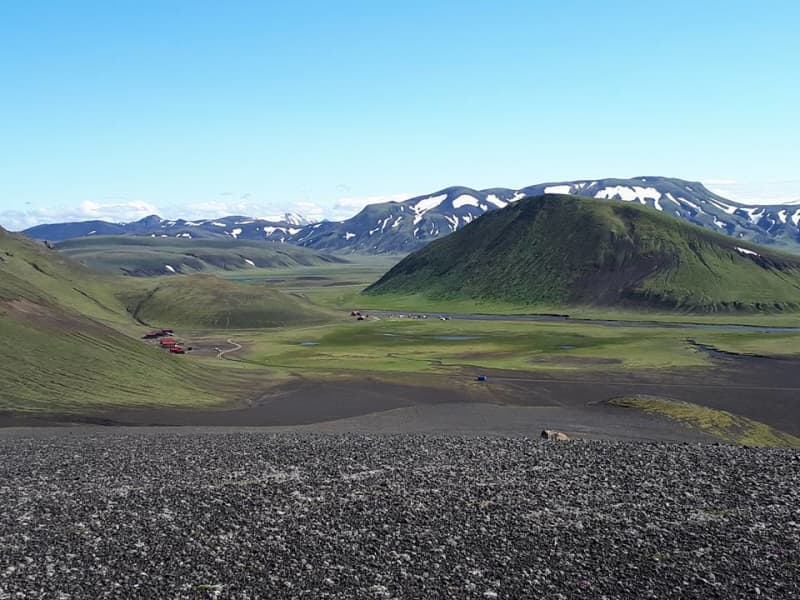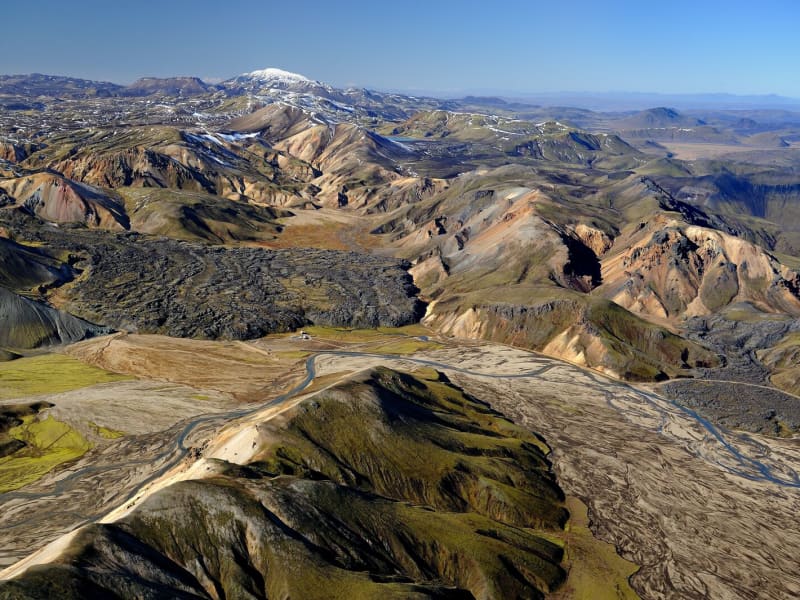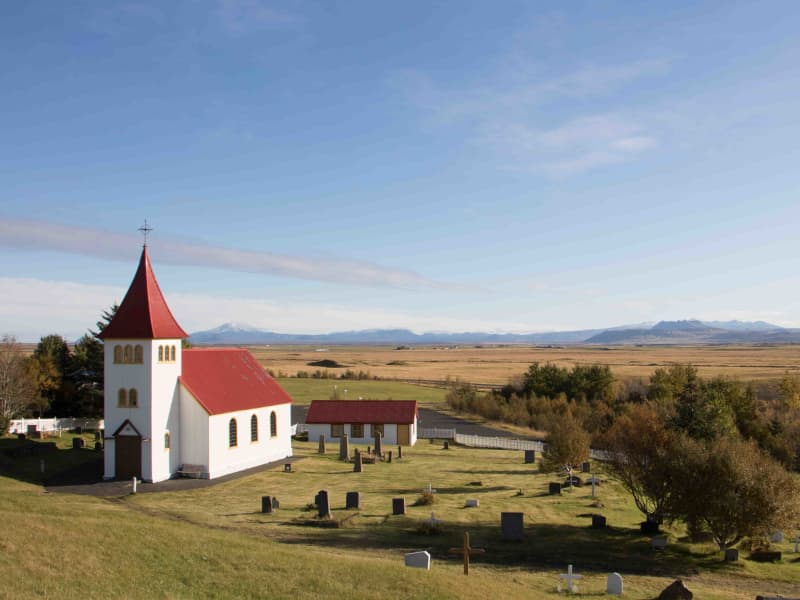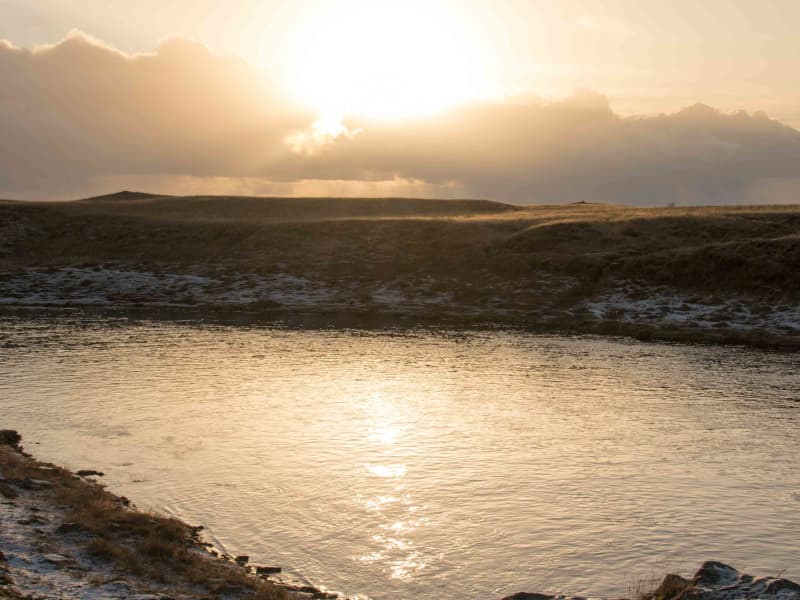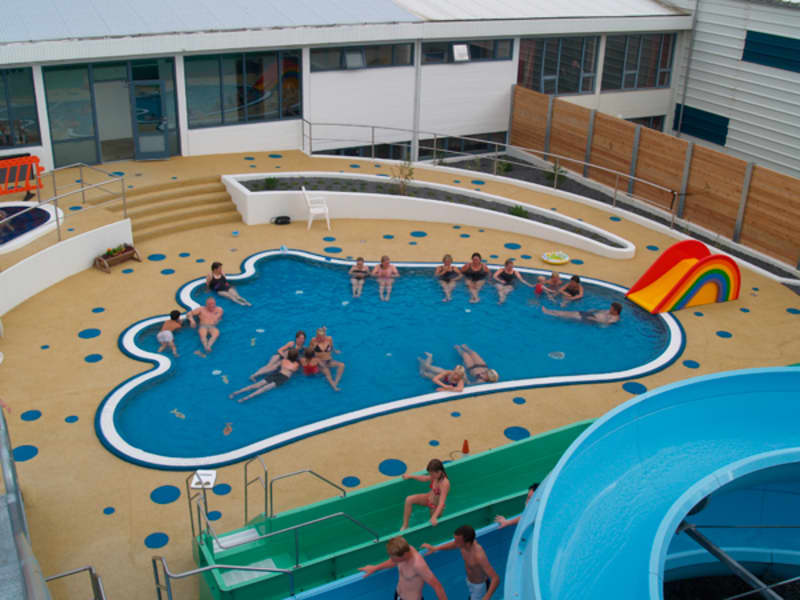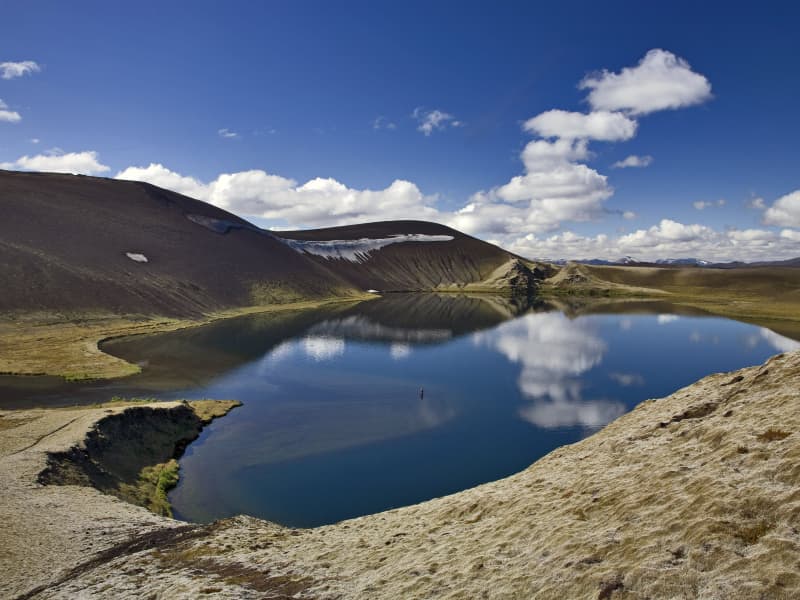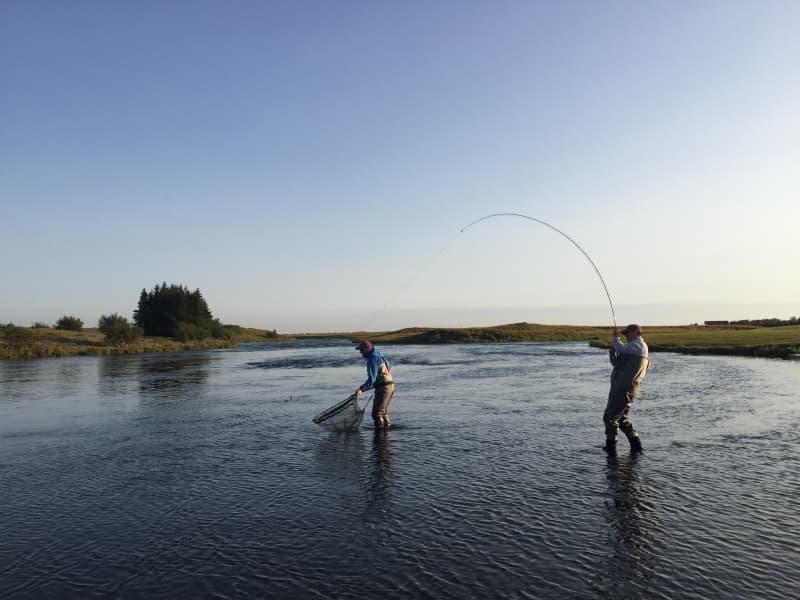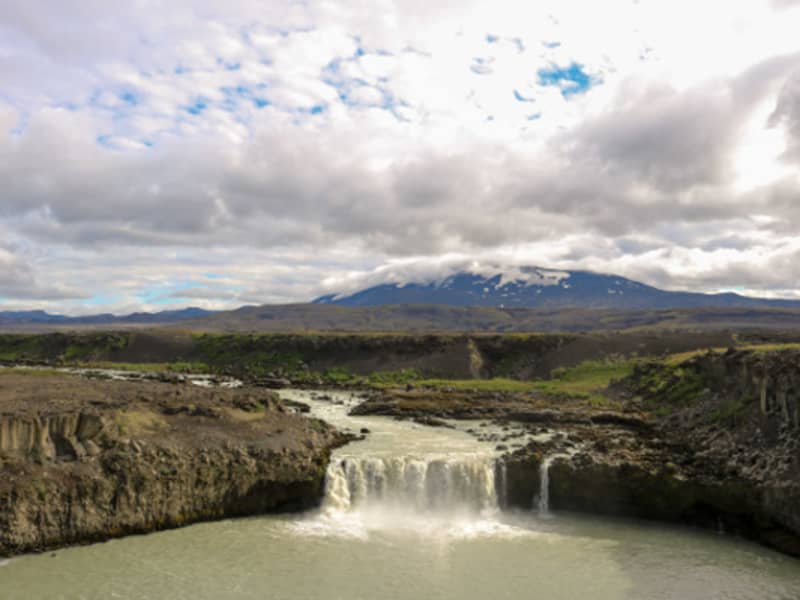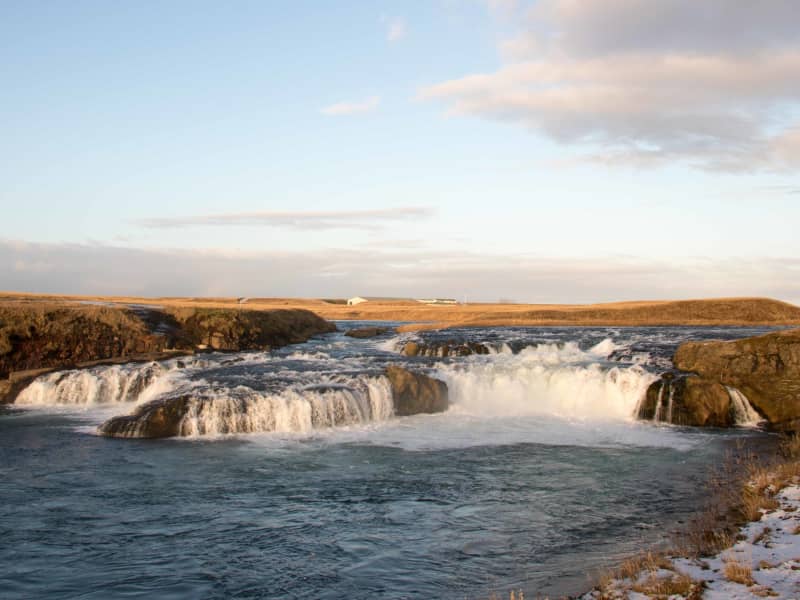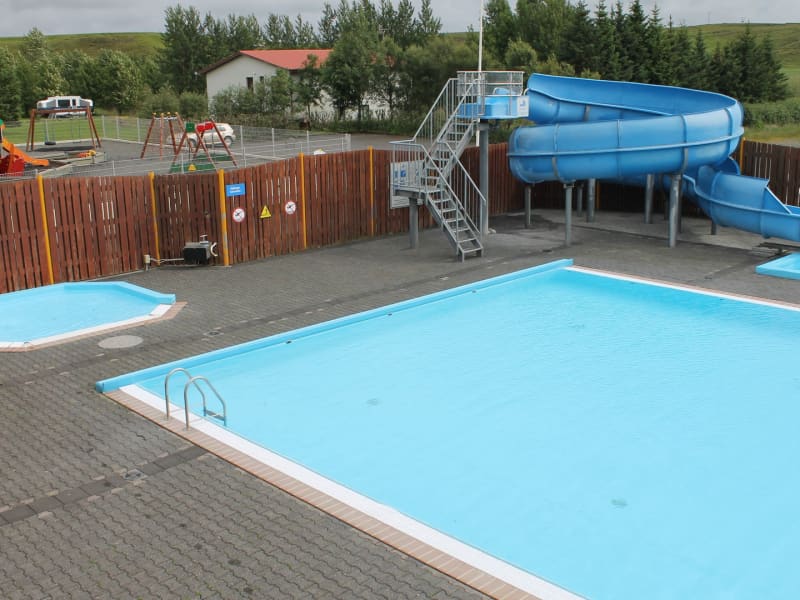The Rangárþing ytra region has a wealth of stunning and interesting destinations. Locations are diverse and attract the attention of those who love the magnificent Icelandic natural vistas and those who are interested in Icelanders' history and ancient social practices.
There are numerous waterfalls, the most popular of which are Þjófafoss in the Þjórsá River, Fossbrekkur, and Ægissíðufoss in the Ytri-Rangá River. You will find history at every turn and, most prominently, at Keldur at Rangárvellir. The oldest rural village in Iceland is in Þykkvabær, although services to tourists at the location are limited, except for accommodation services. There are, however, recreational options from Hella and Þykkvabær, such as Buggy X-treme. The lakes in Landmannafréttur and Veiðivötn are imbued with a certain level of resplendence, full of lively trout. However, if you plan to fish, it is better to be prepared and purchase a fishing permit. The area is known for its caves, where it is believed that Irish hermits lived before the Norse settlers arrived. At Hellum in Landsveit, it is possible to visit one such cave and enjoy the guidance of locals. Caves of Hella also offer guided tours just outside of Hella. There are numerous picturesque hiking trails, and Landmannalaugar has possibly the best hiking trail system in the region. Landmannalaugar is a well-known destination and popular jumping-off point for the four-day Laugavegur hike from Landmannalaugar to Þórsmörk.
Below, you will find information on most of the highlights of Rangárþing ytra and recreational options.
